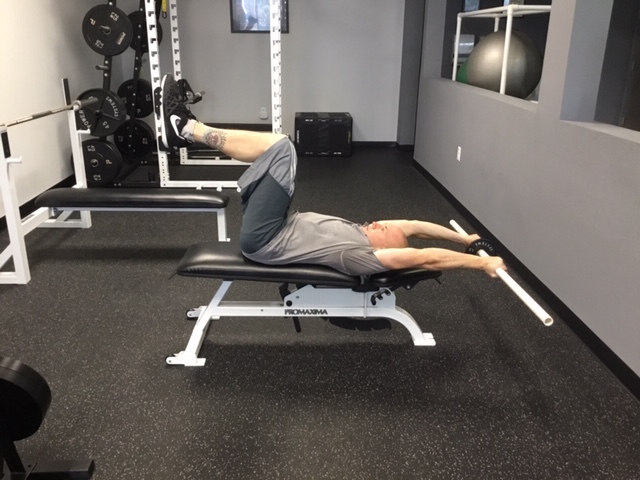Lower Back Pain
One of the very best methods to limit the feasible causes of your neck and back pain is to consider where the pain is located as well as what sort of discomfort feeling you really feel. Many people suffer lower back pain on either the ideal or left side. The following summaries of causes might help you recognize your pain better.
Muscular Lower Neck And Back Pain
Discomfort on one side of the body may show a straightforward muscular tissue strain. This kind of pain lies in a muscle mass and may be felt as rigidity, soreness or a pain. Muscle pressure takes place when a muscle mass is worn or overstretched and endures tears. They can take place in any type of number of ways throughout the day, such as twisting sideways as well as raising a things.
Many situations of muscle stress heal within days. You can minimize discomfort by applying ice to the muscular tissue during the initial twenty-four hours for 20 min at once. Once the muscle is no more irritated, you can utilize heat to loosen it up.
If you have chronic muscular tissue pain, it is possible that a reduced back muscular tissue on one side suffers from an overuse injury. This can happen if your job or other day-to-day tasks require you to use the muscle constantly. If you have a desk job and frequently look to one side, for instance, one side of your lower back might be stressed. Overuse injuries call for a modification in habits to recover. Transforming the layout of your work station may be a remedy to this.

If you have persistent muscular tissue strain, it is possible that your muscle has created trigger factors. These are thick knots that form and also make it tough for the muscle to loosen up. Trigger factor massage treatment or self-myofascial release (SMR) can work out trigger points.
SI Joint Discomfort
The sacroiliac (SI) joint is developed where the large hip bones fulfills the sacrum in the lower back on each side. SI joint dysfunction occurs when the joint is misaligned as well as has either way too much or inadequate activity. It ends up being irritated and irritates the sciatic nerve that diminishes the leg. There are a variety of causes of SI joint dysfunction; pregnancy, effect, muscle discrepancy as well as leg size inconsistency are common causes.
The SI joint is indicated as your source of pain if the discomfort is fixated the joint. The joint is normally inflamed if you have SI joint dysfunction, so it may hurt to the touch. The pain might be achy or sharp as well as frequently radiates into the lower back, butts, hips as well as upper legs.
You may likewise discover that side of your hips is higher or stands out greater than the other. If you have these signs and symptoms, it would certainly be important to ask your medical professional to examine for SI joint dysfunction. Physical therapy may help in recovery. Check out these sleeping positions that can ease back pain.
Sciatica Pain
The sciatic nerve ranges from the lower back to the foot on each side of the body. The nerve can end up being pressed or irritated by a herniated disc, tight piriformis muscle in the hip, vertebral misalignment or swollen SI joint. These are one of the most common sources of sciatica discomfort.
“Real” sciatica is marked by compression of the nerve root as it leaves the spine. That stated, vertebral misalignment and also herniated disc are one of the most common sources of sciatic nerve pain. SI joint swelling as well as the piriformis muscle mass irritate the nerve better down its length and also produce comparable discomfort, just with a different starting point. “True” sciatica is identified by an acute pain that emits from the reduced back into the butts as well as legs, occasionally as far down as the foot.
Treating this sort of sciatic nerve pain might require chiropractic treatment, physical therapy as well as spine decompression treatments. SI joint dysfunction and also piriformis syndrome produce comparable pain, but the discomfort might be worst at the joint or hip. These problems take advantage of physical treatment.
Discomfort in one side of your back might suggest muscle pressure, SI joint disorder or sciatica. If the pain aches or achy as well as generally local, you likely have a muscle pressure on one side of your back. If the discomfort is sharp as well as radiates, you can suspect either sciatica or the SI joint. With a little education, you might be able to solve your neck and back pain on our own. For even more major problems, you can help your physician reach a precise medical diagnosis.








